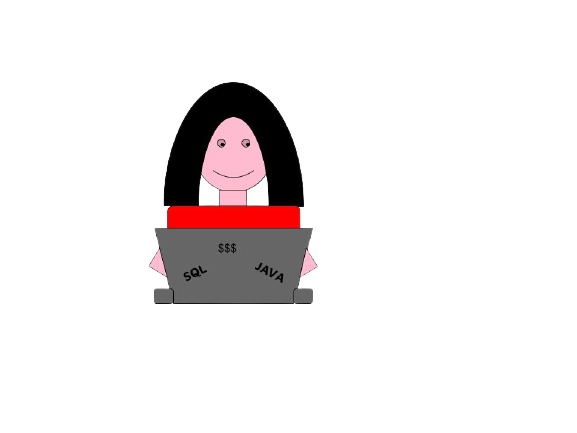
|
|
| Home | Portfolio | Watch List | Newsletter | About | Contact Me |
The week that was:
Banks give loans to customers, expecting the customer to pay back the loan, along with interest. Interest is paid to a bank so that the bank can get profits. However, when banks lend money to a customer, the bank is taking a risk. The risk is that the customer won't pay back the loan.
When the loan duration is longer, banks are taking a bigger risk. For example, if you are buying a house, and you get a 15 year loan, while someone else is also buying a house for a 30 year loan, the bank is taking a bigger risk by giving a loan to the other person. More things could go wrong in 30 years than 15 years. The longer the duration of the loan, higher is the risk it won't be paid back. For that reason, when the loan duration is longer, the interest rates are higher.
The federal government offers Treasury notes or T-notes to investors. A T-note is a loan from investors to the federal government. The government uses the loaned money to run its operations. In return, the government pays interest to the investor. If you were to buy a T-note, you would be the bank and the government would be the customer or borrower.
T-notes have durations from 2-years to 10-years. For the reasons explained above, the interest rate (yield) you would receive from a 10-year T-note would usually be higher than a 2-year T-note.
Rarely, 2-year interest rates go higher than 10-year interest rates. When that happens, it is called yield curve inversion. It means that the next two years are riskier than the next ten years. You are being paid a higher interest rate because the risk is higher. Whenever a yield curve inversion occurs, history shows a recession follows soon after. The inversion does not cause recessions, but it is a signal that there is something wrong in the economy. It is like the warning you get on your phone when there could be a tornado coming soon.
This week, there was a yield curve inversion. The yield on the 2-year T-note is 2.48% and the yield on the 10-year T-note is 2.41%. A recession may or may not happen, but if there is a recession, the cause for it will probably be inflation and high interest rates. The yield curve inversion is a signal for investors to own safe and defensive stocks, rather than risky stocks with no profits.
Sells -
None.
Buys -
Bought 2 SWK at $140.00
SWK is an industrial company that makes tools that are used in our everyday lives. SWK is a blue chip company with a good dividend yield. The price had corrected to an attractive price, so I used the opportunity to buy a few shares.
Bought 2 SAP at $110.61
SAP is a large tech company with steady profits, a good dividend, and a worldwide presence. It may be a bit boring, but can hopefully provide some shelter to the portfolio during a tornado! Be sure to read the news article below on SAP!
What I am watching out next week: The last few weeks, the stock market has suddenly been doing very well, so I will look out to see whether the market has recovered, or if it is a bear market rally (it is probably a bear market rally).
Interesting News:
SAP: Germany's best and only tech giant celebrates 50 years
Thank you for reading my newsletter. Happy investing! See you next week!